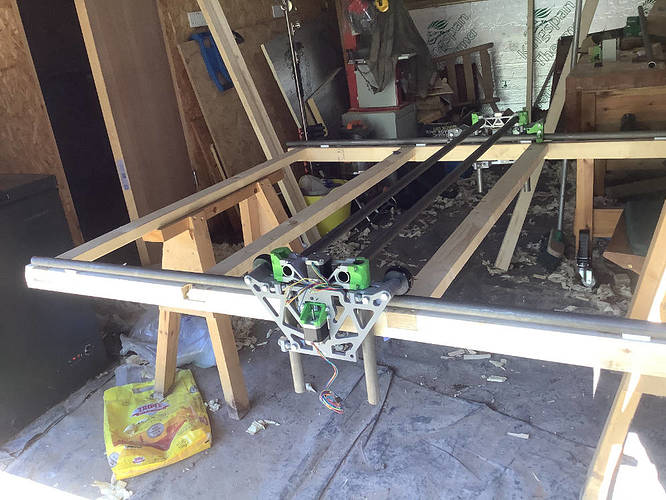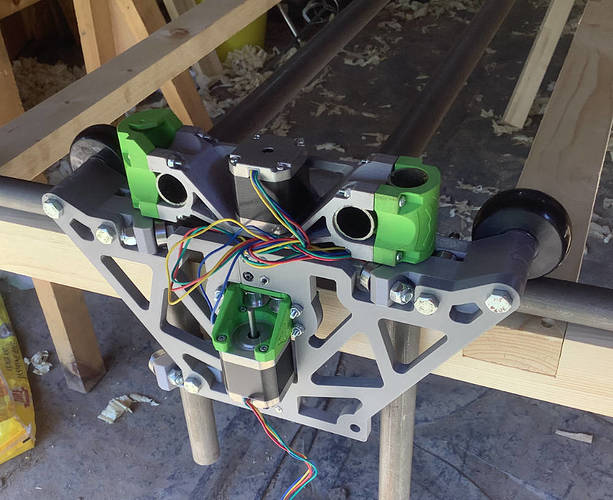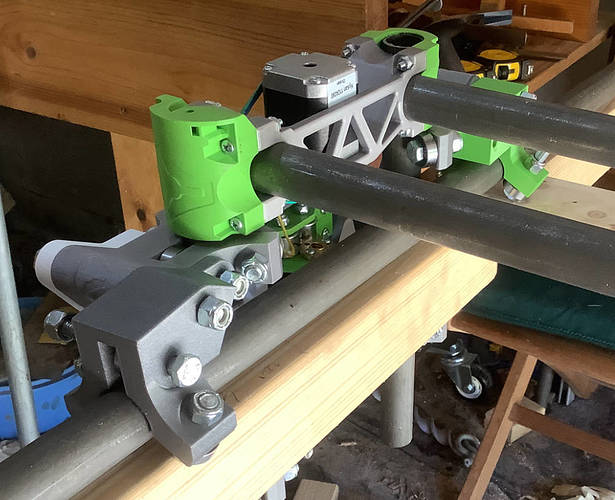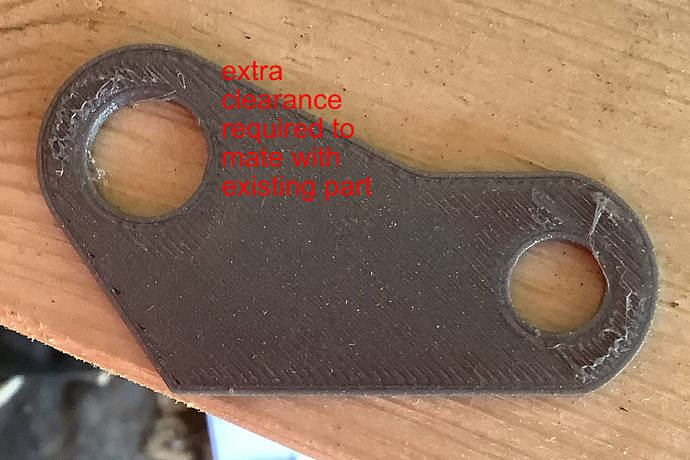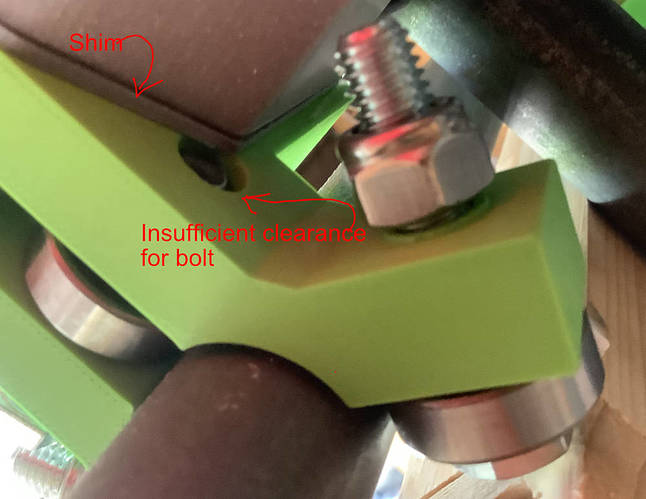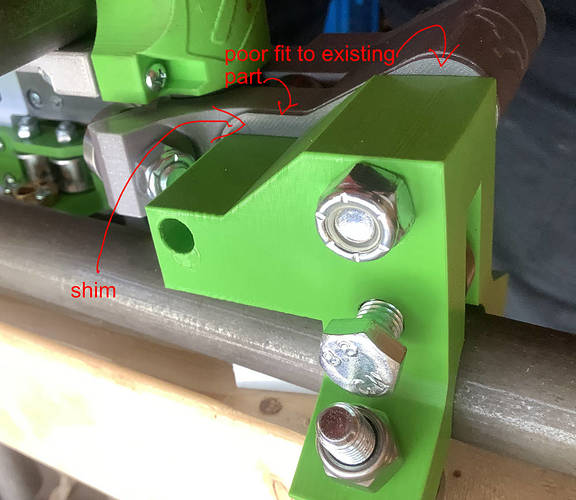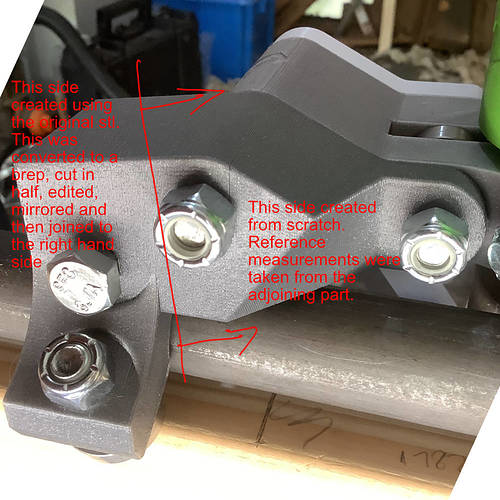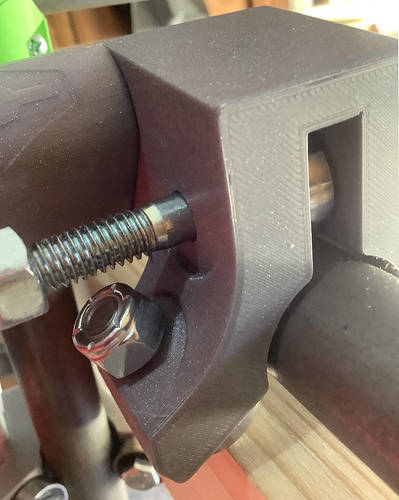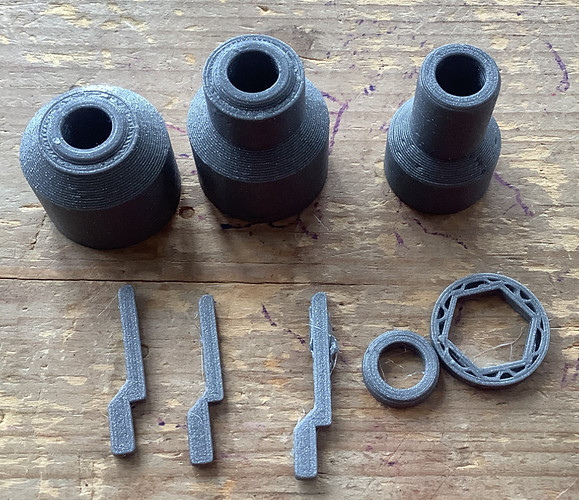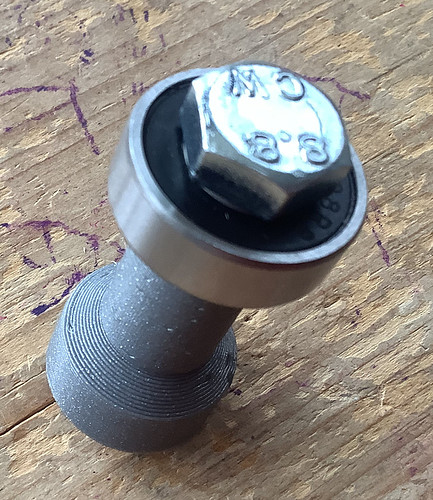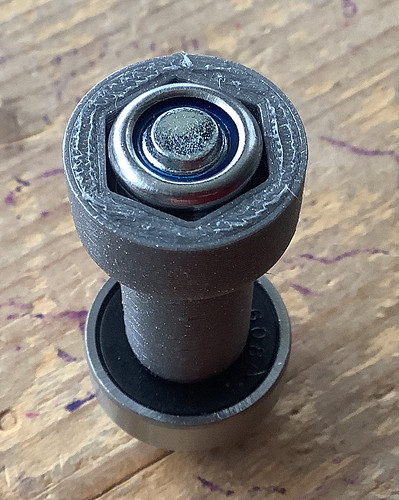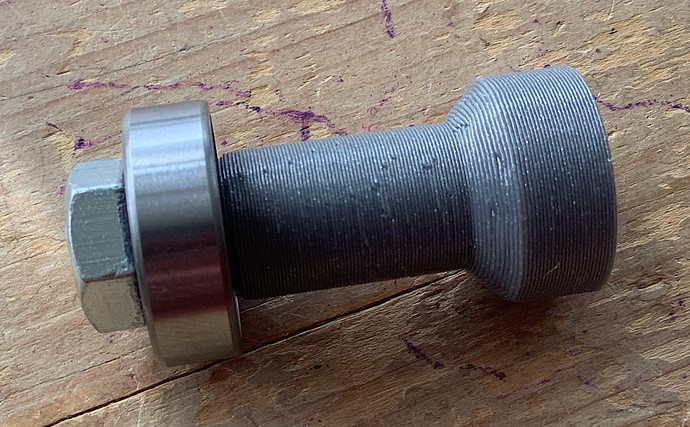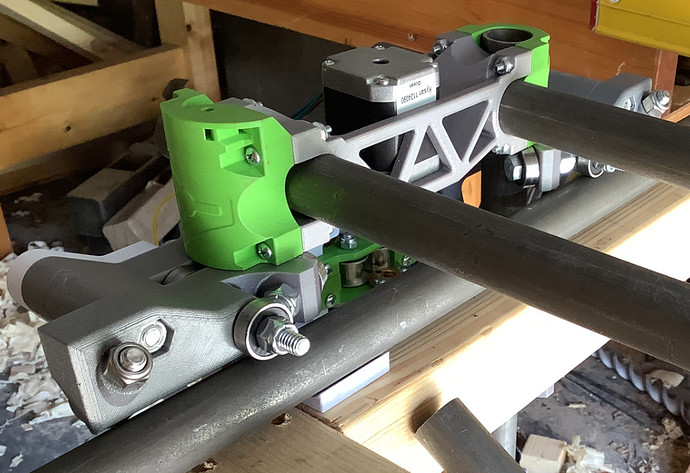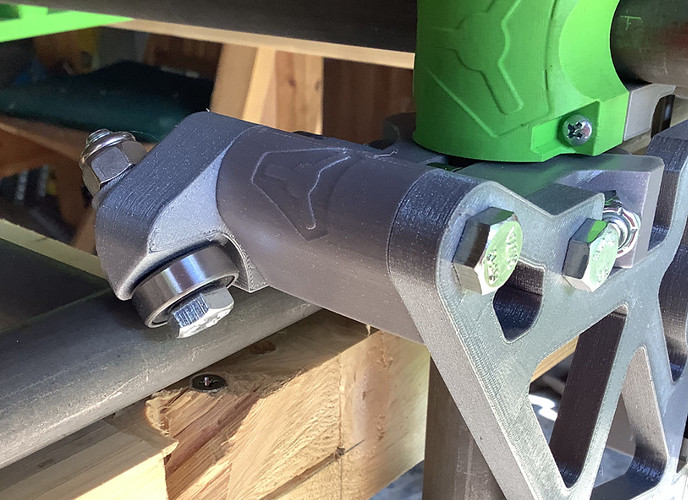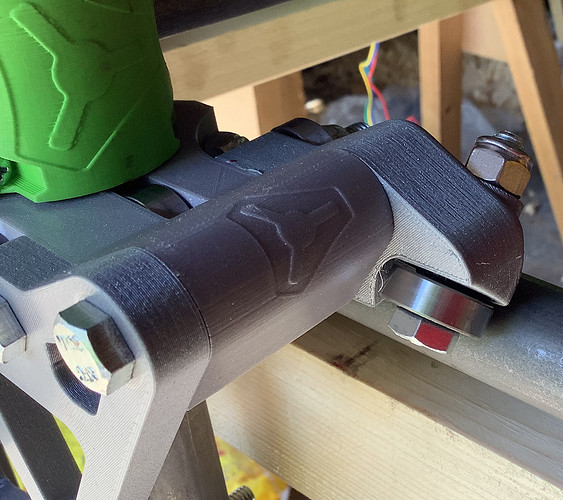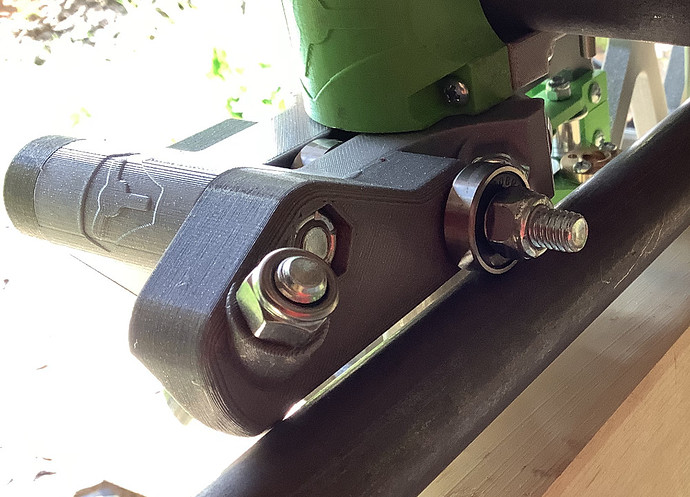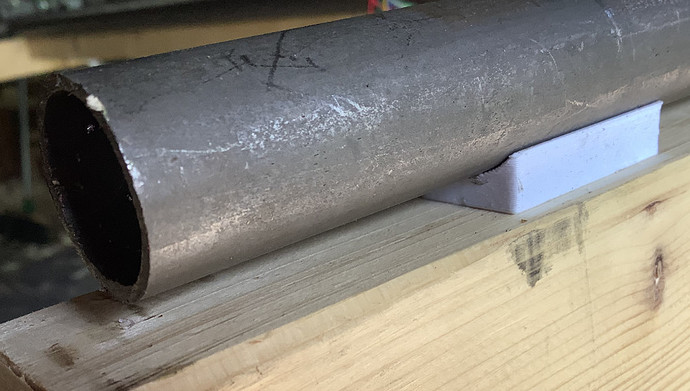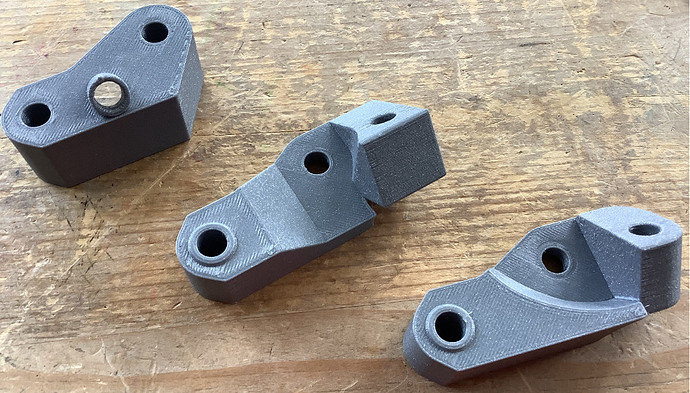This is how I have approached the build: assuming that I only own a 3D printer and basic construction tools, how might I build a LowRider 2? To use a computing term, how do I bootstrap my build for the LowRider 2 assuming that I don’t have access to a CNC machine in the first place to cut the Y and 611 plates? Fortunately I found some Y plates and 611 templates on Thingiverse (https://www.thingiverse.com/thing:3899300 and https://www.thingiverse.com/thing:3972184)
One of my observations is that the table construction is critical to how well the build will work. What does a MVP (minimal viable product) LowRider 2 that can build a real LowRider 2 look like?
An early decisions that I made: I bought 1.6mm thick cold drawn mild steel seamless tube. This is cheaper than stainless steel but the cold drawing and seamless nature gives an extremely straight and stiff tube - at the cost of regular maintenance to keep the rust away.
I decided that my table’s support structure will also be built from the same tubing as I can get it from the same supplier and that will allow me to build a very straight and stiff table. It’ll be heavy too, which might be seen as positive.
The surface of the table will be built, in the first instance, from 18mm OSB and other supporting stuctures from constuction timber (here in the UK the cheapest are 3 by 2, 38mm by 63mm, wooden beams). This is both easy to find and cheap. The table will rest on a couple of saw horses. A sturdy table or bench will also do.
I will be resting the steel tubes on my custom designed 3D printed brackets. The long edges of the table will be the tubing so, providing I am careful to set them up correctly, the edges should be parallel and without twist.
Pictures to follow when I have taken them.
